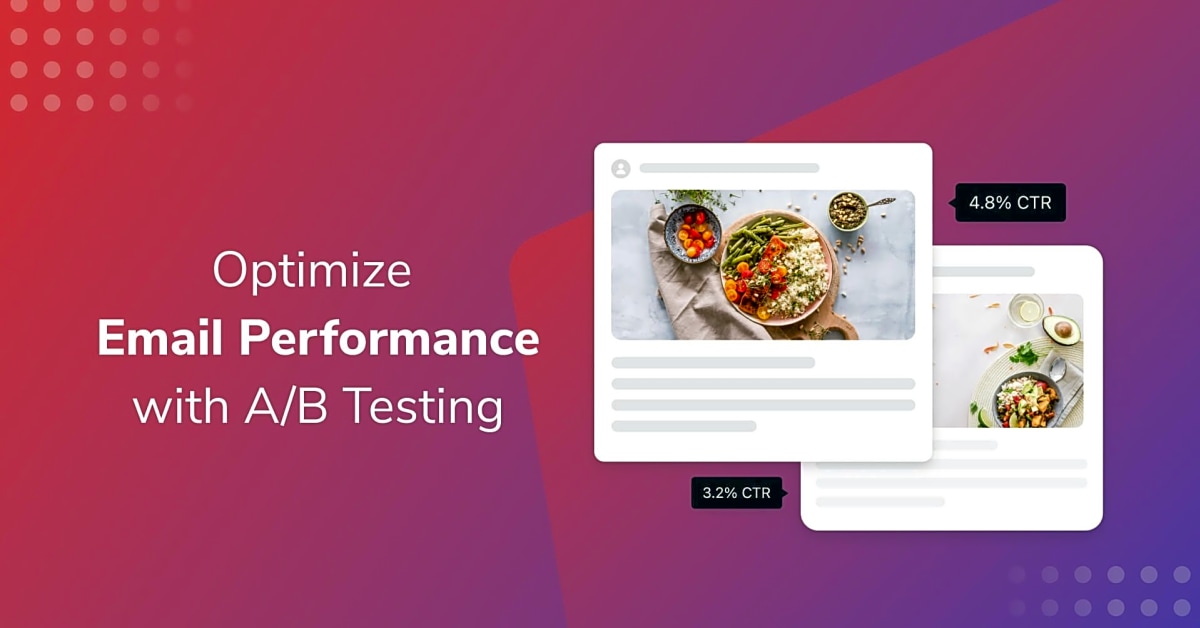Are you looking to take your website to the next level? Do you want to improve your website’s performance and drive more traffic and conversions? Look no further, because we have the ultimate solution for you: using analytics for website improvement. In today’s digital world, data is everything. By utilizing analytics, you can gain valuable insights into your website’s performance, user behavior, and conversion rates. In this article, we will delve into the world of website optimization and show you how to use analytics to optimize your website for operational leadership. Whether you’re a small business owner or a web designer, this article is a must-read for anyone looking to improve their website. So, let’s dive in and discover the power of analytics in website improvement.
Analytics is the process of gathering and analyzing data to gain insights and make informed decisions. When it comes to website improvement, analytics can help you understand your audience, their behavior, and their preferences. This information is crucial for operational leadership as it allows you to tailor your website to meet the needs and expectations of your target audience.
For example, if you notice that a particular page on your website has a high bounce rate, it could indicate that the content is not engaging enough or that there are technical issues that need to be addressed. By identifying these issues through analytics, you can make necessary changes to improve the overall performance of your website.
Another important aspect of operational leadership is effective team building. Analytics can help you monitor the performance of your team members by tracking their contribution to the website. This will not only allow you to identify top-performers but also areas where team members may need additional support or training. Additionally, analytics can provide valuable insights on how your team works together and how they can collaborate more efficiently to improve overall organizational performance.
One of the key elements of operational leadership is problem-solving and decision making. Analytics can help you identify any issues or roadblocks on your website, such as low conversion rates or high cart abandonment rates. By understanding the root causes of these problems through analytics, you can make informed decisions and implement effective solutions to improve the overall performance of your website.
In terms of process improvement, analytics can provide valuable data on how users navigate through your website. This can help you identify any pain points or areas where users may get stuck, allowing you to make necessary improvements to enhance the overall user experience. By streamlining the user journey on your website, you can increase efficiency and ultimately lead to higher conversions and better performance.
By utilizing analytics for website improvement, you can not only optimize your website for operational leadership but also become a better leader in your business operations. With the right data and insights, you can make informed decisions that will drive success for your company.
Monitoring Team Performance
When it comes to operational leadership, monitoring team performance is a crucial aspect that should not be overlooked. By utilizing analytics on your website, you can easily identify top performers and areas for improvement within your team.
With the help of analytics, you can track important metrics such as website traffic, conversion rates, and user engagement. By analyzing this data, you can pinpoint which team members are performing well and contributing to the success of your website.
Additionally, analytics can also reveal areas where your team may be struggling. Whether it’s a particular page or feature that is not performing as well as others, or a specific team member who may need additional training, analytics can help you identify these issues and address them accordingly.
By regularly monitoring team performance through analytics, you can ensure that your team is working efficiently and effectively towards achieving your business goals. This not only helps improve overall organizational performance but also allows you to become a better leader by providing support and guidance where needed.
Understanding Your Audience
One of the key factors in effective operational leadership is understanding your audience. This means knowing who your target customers are, what their needs and preferences are, and how they interact with your website. This is where analytics can be incredibly valuable.
By using analytics, you can gather data on your website visitors such as demographics, behavior, and interests. This information can help you create a more tailored website experience for your audience, meeting their specific needs and preferences.
For example, if your analytics show that a large portion of your website visitors are from a certain age group, you can make design and content decisions that cater to that age group. If you see that a particular page on your website has a high bounce rate, you can use analytics to understand why and make improvements to keep visitors engaged.
Analytics also allow you to track user journeys on your website, giving you insight into what pages they visit and how they navigate through your site. This can help you identify areas for improvement and optimize your website accordingly.
Additionally, by analyzing data from sources such as social media and search engines, you can gain a better understanding of what your audience is looking for and adjust your website accordingly. This not only helps you meet their needs, but also increases the chances of converting them into customers.
Streamlining the User Journey
In order for a website to be optimized for operational leadership, it is crucial for the user journey to be streamlined. This means creating a seamless and efficient experience for users as they navigate through your website. By improving the user journey, you are not only enhancing the overall user experience, but also increasing efficiency and performance through process optimization.
One way to streamline the user journey is by using analytics to track and analyze user behavior on your website. This can help identify any pain points or areas of improvement in the user journey, allowing you to make necessary changes and enhancements.
Another important aspect of streamlining the user journey is by optimizing your website’s navigation. This involves organizing and labeling your website’s pages and menus in a way that is intuitive and easy for users to understand. By doing so, you are reducing the amount of time it takes for users to find what they are looking for, ultimately improving efficiency and performance.
It is also important to regularly monitor and analyze website traffic data through analytics. By understanding how users are interacting with your website, you can make data-driven decisions to further streamline the user journey and enhance overall efficiency and performance.
Using analytics for website optimization is a powerful tool for improving operational leadership. By streamlining the user journey and continuously analyzing data, you can create a more efficient and effective website that will ultimately benefit your business operations.
Problem-Solving and Decision Making
One of the key aspects of operational leadership is problem-solving and decision making. This involves identifying issues within your organization and implementing effective solutions to address them. Without proper problem-solving and decision-making skills, your business operations can suffer from inefficiencies, delays, and other challenges that can hinder growth and success.
This is where analytics can play a crucial role. By utilizing analytics on your website, you can gather valuable data and insights that can help you identify problems and make informed decisions to address them. Let’s take a closer look at how you can use analytics to improve your problem-solving and decision-making abilities.
Identifying Issues
Analytics can provide you with a wealth of information about your website, such as traffic sources, user behavior, and conversion rates. By analyzing this data, you can identify areas that may be causing issues for your website’s performance. For example, if you notice a high bounce rate on a particular page, it could indicate that the page is not engaging enough for users or that there are technical issues affecting its loading speed.
Implementing Solutions
Once you have identified issues through analytics, you can then implement solutions to address them. This could involve making changes to your website’s design, content, or functionality. For instance, if you find that a certain page has a high bounce rate, you can work on improving its layout or adding more relevant and engaging content to keep users on the page longer.
Overall, using analytics to identify issues and implement solutions can greatly improve your problem-solving and decision-making abilities as an operational leader. It allows you to make data-driven decisions and continuously improve your website’s performance for better overall business operations.
In conclusion, analytics can be a powerful tool for operational leadership and website optimization. By understanding your audience, monitoring team performance, solving problems, and streamlining processes through analytics, you can enhance organizational efficiency and drive success for your company. So start utilizing analytics on your website today and see the positive impact it can have on your operational leadership.







